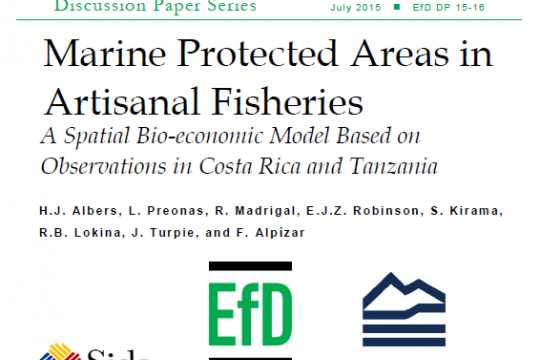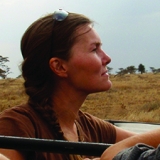In many lower-income countries, the establishment of marine protected areas (MPAs) involves significant opportunity costs for artisanal fishers, reflected in changes in how they allocate their labor in response to the MPA. The resource economics literature rarely addresses such labor allocation decisions of artisanal fishers and how, in turn, these contribute to the impact of MPAs on fish stocks, yield, and income. This paper develops a spatial bio-economic model of a fishery adjacent to a village of people who allocate their labor between fishing and on-shore wage opportunities to establish a spatial Nash equilibrium at a steady state fish stock in response to various locations for no-take zone MPAs and managed access MPAs. Villagers’ fishing location decisions are based on distance costs, fishing returns, and wages. Here, the MPA location determines its impact on fish stocks, fish yield, and villager income due to distance costs, congestion, and fish dispersal. Incorporating wage labor opportunities into the framework allows examination of the MPA’s impact on rural incomes, with results determining that win-wins between yield and stocks occur in very different MPA locations than do win-wins between income and stocks. Similarly, villagers in a high-wage setting face a lower burden from MPAs than do those in low-wage settings. Motivated by issues of central importance in Tanzania and Costa Rica, we impose various policies on this fishery – location specific no-take zones, increasing on-shore wages, and restricting MPA access to a subset of villagers – to analyze the impact of an MPA on fish stocks and rural incomes in such settings.
Marine Protected Areas in Artisanal Fisheries: A Spatial Bio-economic Model Based on Observations in Costa Rica and Tanzania
Country
Sustainable Development Goals








